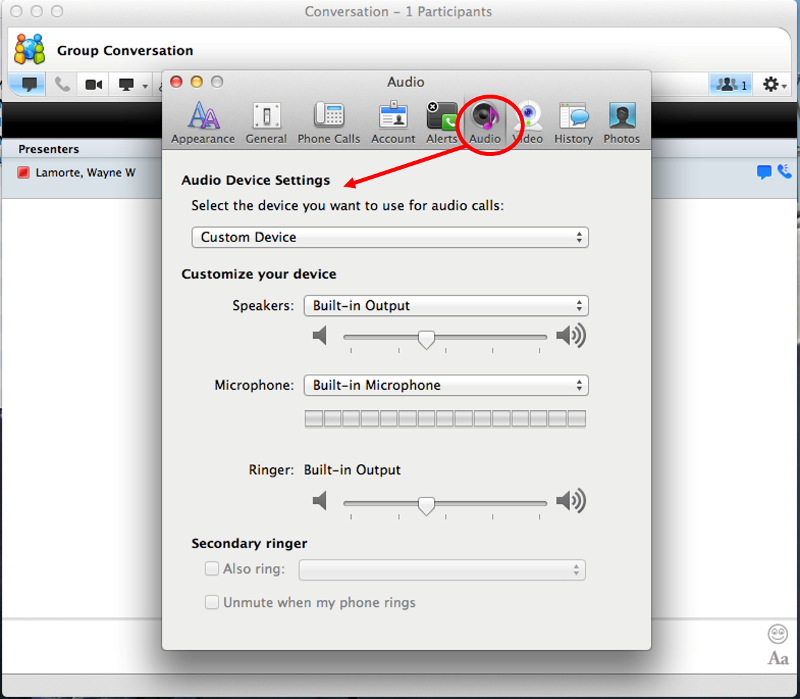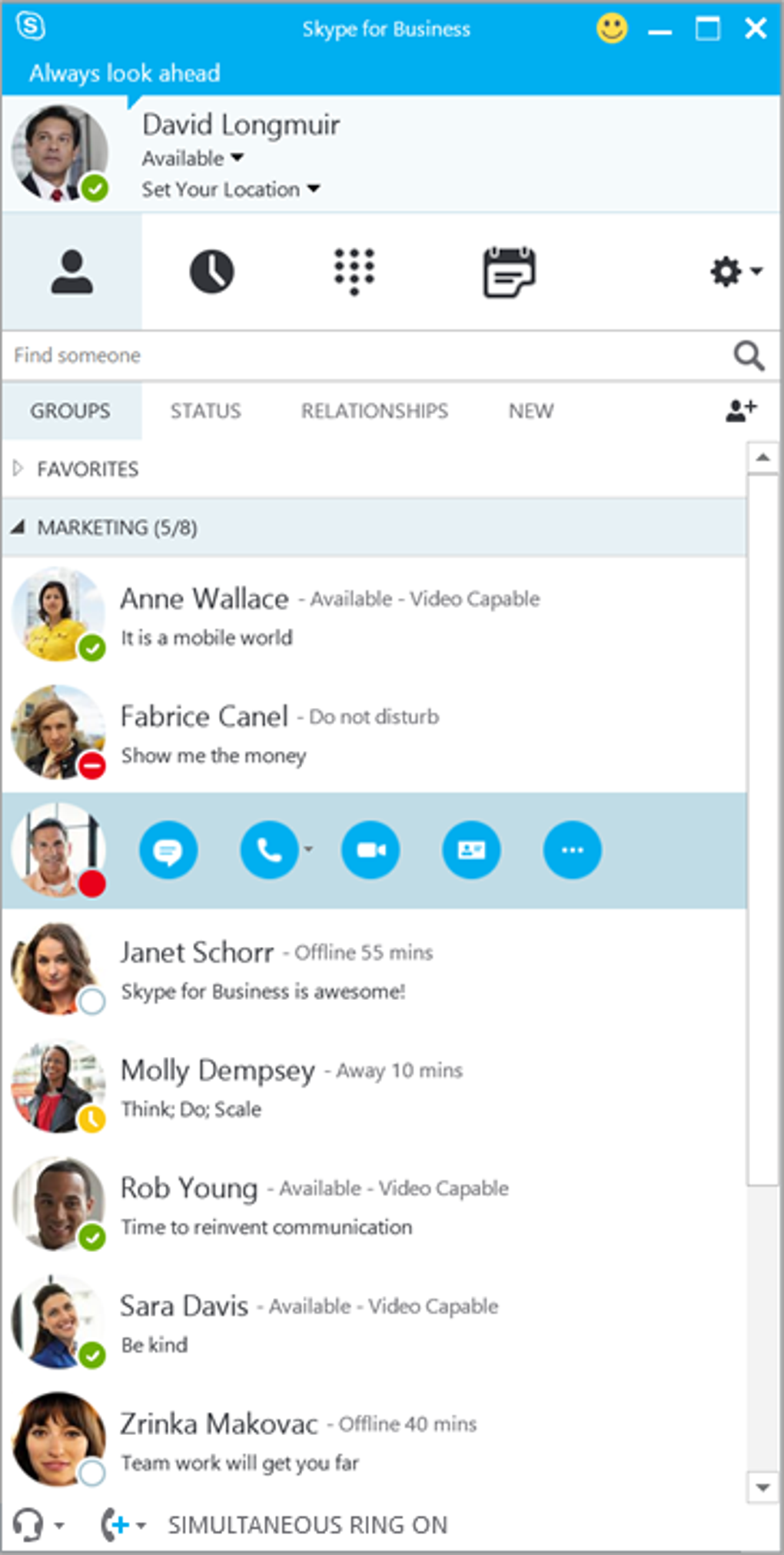

- Skype for business desktop app for mac .exe#
- Skype for business desktop app for mac install#
- Skype for business desktop app for mac windows 10#
Suppose you have Windows 10 dedicated persistent VDI environments.
Skype for business desktop app for mac install#
For more information, see Install Microsoft Teams using MSI (VDI Installation section). We recommend this mode for non-persistent environments, such as hosted shared apps or desktops out of a Windows Server or Windows 10 random/pooled catalogs. In ALLUSER=1 mode, the Microsoft Teams application doesn’t auto-update whenever there’s a new version. Use the ALLUSER=1 parameter only in VDI environments to specify a per-machine installation. You can use the ALLUSERS=1 parameter in non-VDI and VDI environments. It’s important to understand the difference between ALLUSERS=1 and ALLUSER=1. All users can then uninstall Microsoft Teams if they have administrator credentials. When you set this parameter, the Teams Machine-Wide Installer appears in Programs and Features in the Control Panel and in Apps & features in Windows Settings for all users of the computer. This example also uses the ALLUSERS=1 parameter. Instead, install in C:\Program Files (x86)\Microsoft\Teams by using the ALLUSER=1 flag from the command line.
Skype for business desktop app for mac .exe#
exe installer that installs Microsoft Teams in AppData. We recommend that you follow the Microsoft Teams machine-wide installation guidelines and avoid using the. If you’re using App Layering, see For App Layering for more details.

If you installed Microsoft Teams in the virtual machine before installing the VDA, uninstall and reinstall Microsoft Teams. This installation order is needed for the ALLUSER=1 flag to take effect. We recommend installing the VDA before installing Microsoft Teams in the golden image. This video demo gives you an idea of how Microsoft Teams works in a Citrix virtual environment. Only client-fetch/client-render is available. That means that media isn’t exchanged between the Citrix Workspace app and the VDA. Audio/video redirection doesn’t affect them.ĬTXMTOP is a command and control virtual channel. The endpoint decodes and renders the multimedia locally, moving the Citrix Workspace app window back into the hosted Microsoft Teams app.Īuthentication and signaling occur natively on the Microsoft Teams-hosted app, just like the other Microsoft Teams services (for example chat or collaboration). These components open a control virtual channel (CTXMTOP) to the Citrix Workspace app-side media engine. Our optimization for Microsoft Teams contains VDA-side HDX services and an API to interface with the Microsoft Teams hosted app to receive commands. By default, we bundle all the necessary components into the Citrix Workspace app and the Virtual Delivery Agent (VDA). HDX features managed through the registryĬonfigure COM Port and LPT Port Redirection settings using the registryĬonnector for Configuration Manager 2012 policy settingsĬollect a Citrix Diagnostic Facility (CDF) Trace at System StartupĬonfigure with Citrix Analytics for PerformanceĬitrix delivers optimization for desktop-based Microsoft Teams (1.7 or higher) using Citrix Virtual Apps and Desktops and Citrix Workspace app. Generic USB redirection and client drive considerationsīest practices, security considerations, and default operationsĬompare, prioritize, model, and troubleshoot policies Monitor, troubleshoot, and support Microsoft Teams HDX video conferencing and webcam video compression GPU acceleration for Windows single-session OS GPU acceleration for Windows multi-session OS Transport Layer Security (TLS) on Universal Print Server

Pass-through authentication and single sign-on with smart cards
Integrate Citrix Virtual Apps and Desktops with Citrix Gateway Security considerations and best practices Microsoft System Center Configuration Manager environments To ensure the highest sound quality, we recommend using a Skype for Business compatible device.Microsoft System Center Virtual Machine Manager virtualization environmentsĬitrix Hypervisor virtualization environments Depending on your personal workspace, it may be possible to make calls using your computer’s internal microphone and internal/external speakers in an enclosed office space. For information about recommended Skype for Business compatible devices available via KUPPS, visit Skype for Business Recommended Devices.Īlternately, while Skype for Business compatible headsets or desk phones are recommended for voice calls, only a microphone and speaker, while not optimal, are required to place or receive voice calls via Skype for Business. All optional and future equipment/device purchases are the responsibility of individual units. Contact your unit’s procurement staff or technology support staff for applicable policies and information. Units have the option of purchasing Skype for Business compatible desk-style phones and personal USB speakerphones at the discretion of unit leadership. University leadership has determined that headsets will replace desk phones for most faculty and staff.


 0 kommentar(er)
0 kommentar(er)
